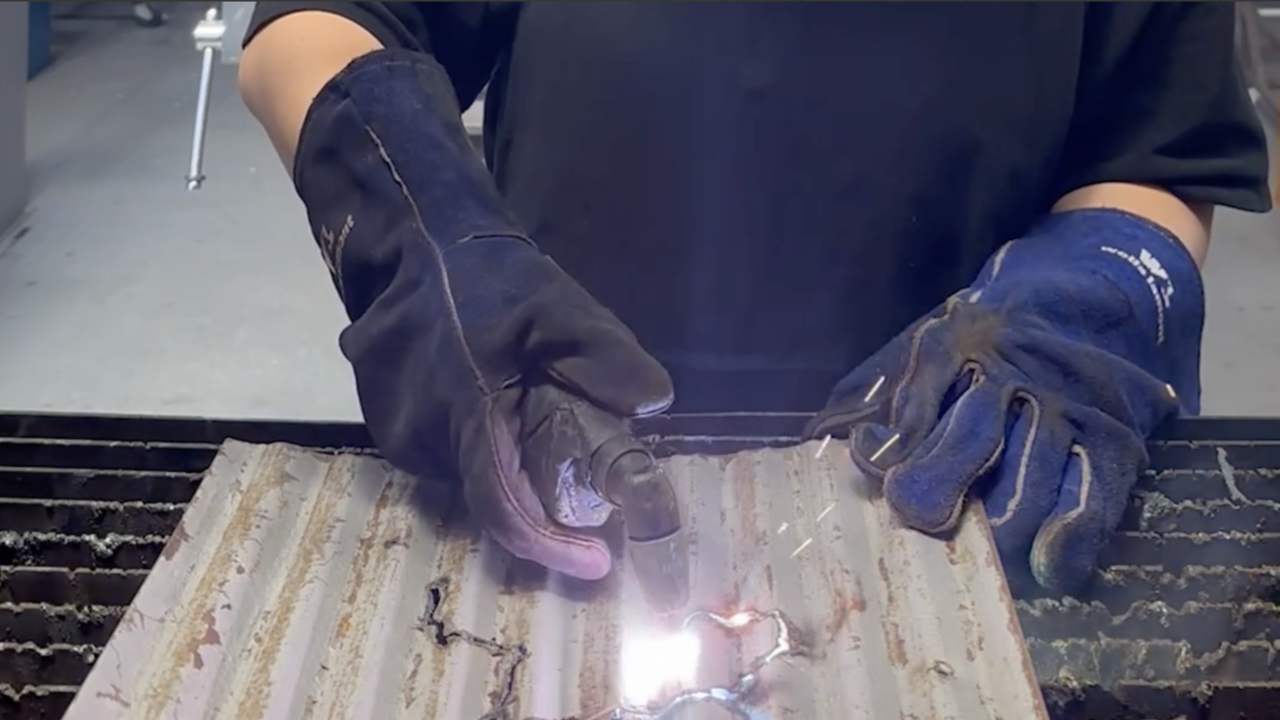In the Holocene

‘In the Holocene’, curated by João Ribas, presented a history of art’s involvement with scientific or mathematical concerns: an aim that seemed simple enough but which, in fact, opened up rich territory for thinking about how these disciplines function in complementary ways, producing knowledge but also revealing its gaps. The show not only examined how art can function as a form of inquiry into natural phenomena, but also how scientific methodology can be appropriated and transformed by an art practice – with a wonderful array of results. Many objects in this exhibition invoked scientific or mathematical principles, but arguably all participated in ordered knowledge-production of one kind or another.
Sometimes this occurred overtly in the form of an experiment embodied as an art object. Joseph Beuys’s Capri-Batterie (1985), a light bulb plugged directly into a lemon, resembles a school science project, but when displayed on a pedestal becomes much more open-ended, reframing questions about energy, circuitry and closed systems in sculptural terms. Elsewhere, Kitty Kraus employs a light bulb as a heat source to melt a block of frozen ink on the gallery floor (Untitled, 2006), a messy experiment in entropy which yields its data in the form of a drawing. Other times, an object that seemed empirically or logically formed revealed the ambiguous, non-objective systems from which it was generated, such as Sol LeWitt’s Incomplete Open Cube 5/2 (1974), or Beuys’s signed and framed photographic documents of tangled diagrams drawn on the blackboard during a lecture at the University of Hamburg (Blackboard I, II and III, 1980). The latter, casually cropped in the frame, disclose a system of knowledge whilst simultaneously mystifying it by rendering it illegible.
Curatorially, one of the show’s most fascinating moves was its inclusion of Minimalist and psychedelic discourses, exposing areas of shared theoretical territory between them and rereading both in terms of their relationship to information. Half literalist sculpture and half transcendental portal, John McCracken’s triangular, resin-coated pillar (Be, 2004) stood at the centre of these middle passages of the show, where ordinary conceptions of time and space began to unwind. Thinking about Minimalism (and its legacy) within the historical arc of ‘In the Holocene’ allowed for a stretching of that movement’s particular perceptual premise, so that the object is no longer merely contingent on the viewer, but becomes an instrument of viewing or focusing, like a telescope or a magnifying glass. It’s easy to read this idea in Four Sided Vortex (1965), a steel and mirror sculpture by Robert Smithson modelled after the geometric structure of a crystal. Profiting from the mirror’s dual status as both a discrete object and a reflective surface, the sculpture vacillates between being an abstraction and a representation of its surroundings. Things became more complicated with a nearby video by SUPERSTUDIO (Cerimonia, 1973), depicting a world in which people inhabit an invisible house, raising questions about how we perceive and relate to architectural space. Helen Mirra’s undated work, Grau blau braun (Grey, Blue, Brown), placed on the floor in front of the exhibition’s one empty wall, comprised a lichen-covered rock collected near Solothurn, Switzerland, on a bed of folded linen. It unfolds in geologic, fungal, botanic and human time. The very quiet arrangement situates the present moment – including the room and the other objects it contains – in deep time shared with other life forms.
The next room was one of the most perplexing, but terrifically so, housing pieces converging at the intersection of science fiction and psychedelia. In contrast to the works just mentioned, these pieces pointed the telescope in reverse, drawing our attention to internal or fictive spaces via illusion, imagination or simulation. The Unknown Dimension (1977), an early audio piece by Jack Goldstein, uses found and synthesized sounds, often with a space-age feel, to draw us into an unfamiliar realm between aural and spatial perception. A film by John Latham (Erth,1971) simulates a journey from outer space to the earth’s surface through staggered still photographs of the earth and eventually the entirety of the Encyclopedia Britannica, illustrating, as the wall text explained, Latham’s Time-Base Theory, which collapses time and space by defining all tangible things as events that exist in time. Nearby, Laurent Grasso’s Studies into the Past – Eclipse (2012), a modestly sized oil painting depicting two knights on horseback riding towards the black hole of a solar eclipse, worked like a kind of time travel. Grasso draws us back in time to a potentially calculable moment in history – a solar eclipse – using antique painting processes; the resin coating on its surface, speckled with trapped dust particles, works oddly like a membrane between the present moment and the moment imagined in the painting. These works, and others, demonstrated ways of using internal experience to traverse knowledge gaps when ordinary experience or reasoning falls short.
Germaine Kruip’s films documenting the courtship rituals of the Great Bowerbird (Aesthetics as a Way of Survival, 2009), which involve the methodical arrangement of coloured objects of various sizes and shapes, evinced the inexplicable ways in which aesthetics is linked to natural order on the most essential level. This kind of mystery pervaded ‘In the Holocene’, which proved to be as illuminating as it was puzzling – all of which made for an ambitious and beautiful show.
















